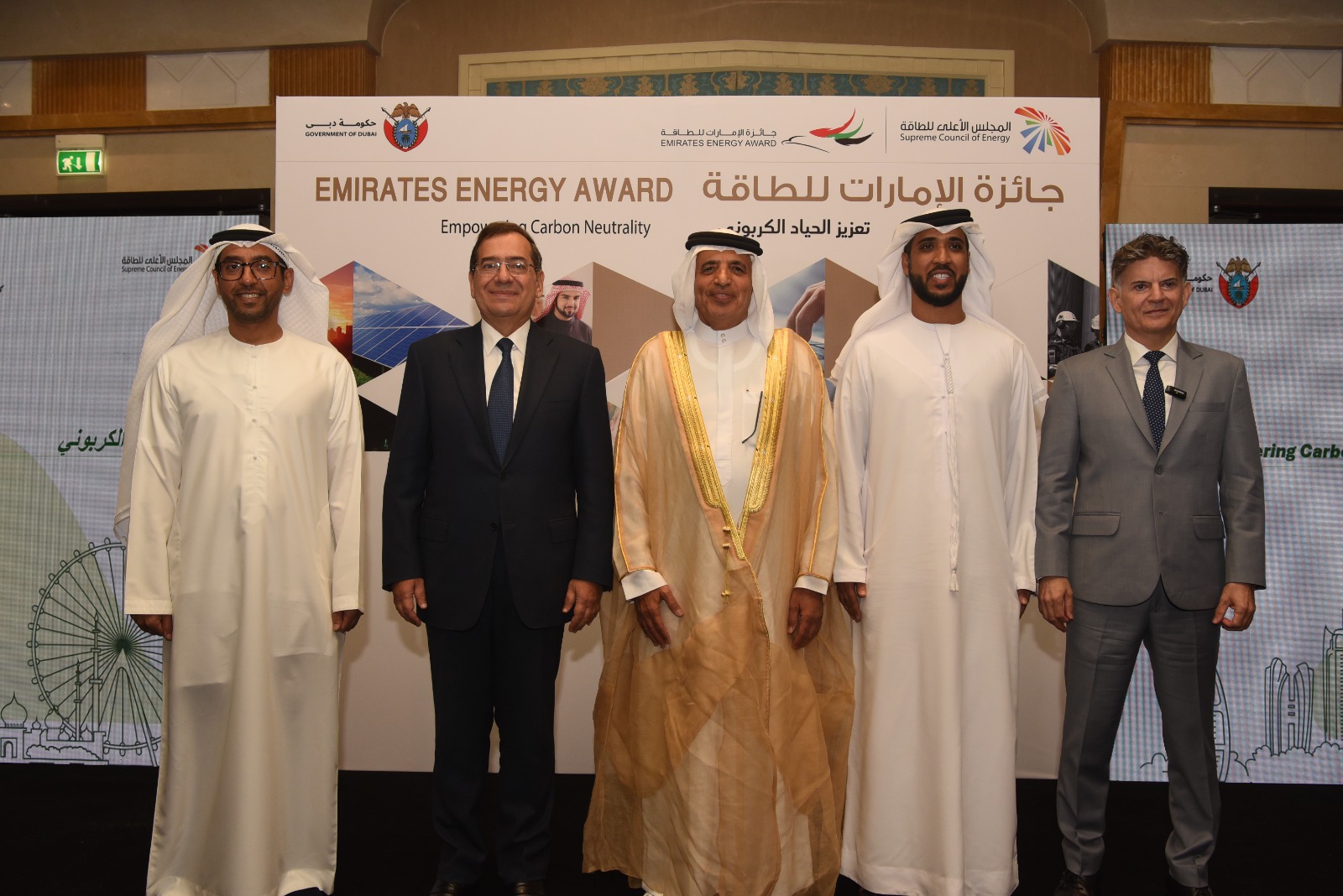Solar panels and home batteries have risen in popularity, as they allow consumers to generate and store their own carbon-free energy, saving on their electricity bills.
Grouped together by the hundreds or thousands, these devices can serve as a crucial tool: they can be called upon to supply massive amounts of power when grid supplies are extended or stored when there is more solar and wind power than is needed.
When used in this way, they are called Virtual Power Plants, or VPPs.
Energy experts say they are key to reducing the energy industry’s dependence on climate-damaging fossil fuels as the nation moves toward electrifying transportation, buildings and industrial sectors.
Although still nascent, VPPs are poised for significant growth in the US in the coming years, thanks to President Joe Biden’s new climate change law, which includes incentives for electric cars, solar panels, and home batteries.
“We can use our existing assets more efficiently instead of raising prices for all electricity users by doing things less efficiently,” Jigar Shah, director of the Office of Loan Programs at the US Department of Energy, said in an interview. “Virtual power plants are at the center of that.”
Investment in so-called distributed energy resources is expected to exceed $110 billion between 2020 and 2025, according to research firm Wood Mackenzie.
How it works?
VPPs are small grids of energy production or storage devices, such as solar panels and batteries, that are bundled together to serve the electricity grid.
With the consent of the participants, utilities can utilize their capacity during times of high demand, or they can reserve it for later use. Device owners are compensated for their participation.
RMI, the nonprofit power transmission organization, estimates that VPPs could reduce peak demand in the US by 60 gigawatts by 2030 by shifting consumption to other times of the day and replacing central generation. That’s the average amount of energy consumed by 50 million households.
Who works with it?
US solar companies including Sunrun Inc and SunPower Corp. have assembled some of their customers’ systems at virtual power plants in California, Hawaii and New England.
For example, last year Sunrun ran a virtual power plant across thousands of homes in New England, which delivered 1.8 GWh to the grid from June to August.
OhmConnect, which also operates a network of energy-consuming appliances, said last year that its members received $2.7 million to save energy during California’s nine-day summer heat wave — showing how VPP can also be used to reduce demand when utilities are low on power.
Where else is it used?
VPPs have been on the rise in the US since the Federal Energy Regulatory Commission allowed them in 2020 to compete in wholesale energy markets.
But they are also used in Australia, Japan and Europe by companies such as Shell-owned Statkraft, Next Kraftwerke and Tesla Inc.












